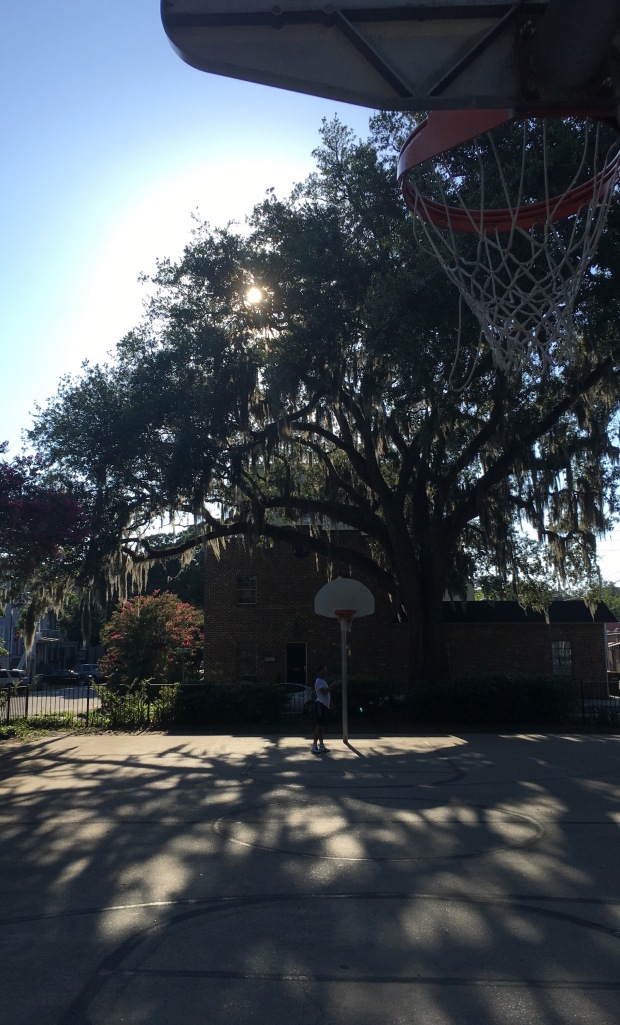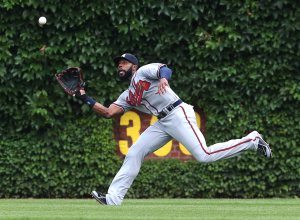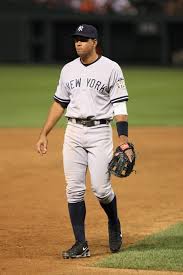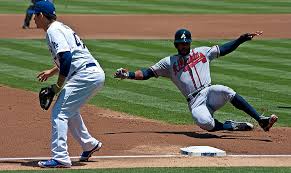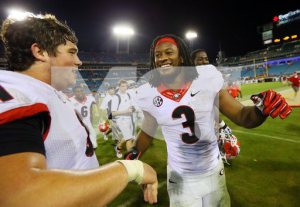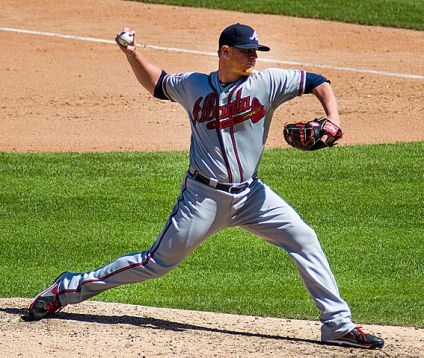In 1967, the basketball team at Savannah’s Alfred E. Beach High School changed everything. The moment that the Bulldogs of Beach knocked off South Fulton 94-55 in the ’67 GHSA-AAA title game, Savannah basketball had officially arrived.
It was, in some ways, the beginning.
It was the beginning of black basketball players and schools being allowed to compete at GHSA events. Prior to 1967, they had been relegated to the GIA.
Obviously, it didn’t take long for the African-American schools to adjust to their new home within the GHSA. Beach, a school comprised of only African-Americans at the time, beat another all-black school in South Fulton, clearly showing that the black players were indeed worthy of equal treatment from here on out.

An excerpt from a March 1967 issue of Sports Illustrated. The first portion features the achievements of the 1967 GHSA Champion Beach Bulldogs.
It was the beginning of a remarkable stretch for Savannah high school hoops. After Beach’s landmark win in ’67, Johnson knocked off the championship incumbent Bulldogs in the 1968 title game– A game that some, like Bill Robbins, who was in attendance, would dub “the greatest basketball game in Georgia high school history.”
“It was the greatest game I ever saw.” Said Robbins, who was an official for many of the Savannah basketball games in the 60’s and 70’s.
Robbins recalled a game between the two schools earlier that season at Savannah’s National Guard Armory when “1,400 plus people fit into the gym that night.”
“They had to chain the doors shut to keep the crowds from making their way in. In those days, when teams like that played, you were either at the game, or you were wishing you were.”
A few years after Johnson’s championship, another Savannah team would emerge as a state powerhouse. This time, it was the Savannah High Blue Jackets. The Blue Jackets won the 1972, 1974, and 1976 state championships to give the city of Savannah five GHSA basketball titles in nine short years.
The 1967 Beach squad was a beginning, to be sure; but it was also an ending, a validation of sorts.
It was the ending to a struggle that had begun 20 years earlier in downtown Savannah.
It was the culmination of what black basketball players in the hoods and playgrounds of Savannah had long been working towards: an equal playing field, or in this case, an equal playing court.
Paving the way
In 1946, exactly 125 years after James Naismith invented the game of basketball in Springfield Massachusetts, a tournament featuring that game would be held in Savannah, Georgia. It was this four-team basketball tournament that would eventually shape the trajectory of Savannah basketball for years to come.
Of course, in the moment, no one could’ve known what was actually at stake. For the time being, the reward for the winning team was, by today’s standards, peas and carrots.
A brand new paved basketball court was to be given to the neighborhood who won the 1946 City of Savannah basketball tournament. A simple slab of concrete with some lines painted strategically throughout and flanked by netted-goals on either side was the reward.

The plaque currently in Crawford Square that highlights the 1946 City of Savannah basketball tournament.
Why was this so sought after?
Easy.
The four African-American neighborhood parks that were vying to replace their “clay” courts by winning the tournament were:
- Crawford Square
- Soldiers Field
- Cann Park
- Yamacraw Village
It would be a tournament that would impact the neighborhoods involved for years to come, but unfortunately for the black youth at the time, Savannah city leaders were only gracious enough to allow for one colored playground to have a paved court.
The losing neighborhoods were forced to continue playing their games on the dirt and mud of South Georgia, or else try and find a way on to the only paved court that blacks were allowed on in the entire city: the court at Crawford Square.
The “Jets” as the team from Crawford Square was affectionately called, saw their new court designed and paved, the goals erected, and the nets hung (by the city) at the end of 1947.
From that time on, the best basketball players Savannah had to offer were playing their hoops in Crawford Square.
A Who’s Who of Savannah Basketball
There is not enough room in this space to list every basketball player of note that has come through Savannah. Any of the area’s top public schools could compile a rather impressive list of basketball players using only their own alumni has content.
Anyone, given enough time and effort, could scan the rich basketball history of Beach, Johnson, Tompkins, Savannah High, or Jenkins and see for themselves just how much talent this city has produced over the years.
Since I was unable to witness these legends play with my own eyes, I was forced to do just that. I did my due diligence and scoured the archives of numerous Savannah publications trying to get some sort of consensus as to who stood above all the rest when it comes to basketball legacy in the 912.
I anticipated this task to be difficult, if not rewarding. It ended up being much harder, and more rewarding than I could’ve ever imagined.
It is impossible to know the history of the game of basketball, and more specifically the game of playground basketball, without knowing the history of Crawford Square in Savannah, GA. It is equally as impossible to know the legend and impact of Crawford Square basketball without knowing the men responsible for creating its history.
Notable names in Savannah Basketball History
- Larry “Gator” Rivers – Beach
- Andrew Knowles – Beach
- Pervis Ellison – Savannah High
- Joby Wright – Johnson
- Luscious Foster – Savannah High
- Joe Manker – Tompkins
- Ed Daniels – Johnson
- Roger Moore – Beach
- Ricky Harris – Savannah High
- Larry Turner – Jenkins
- Ike Williams – Johnson
- Arnold Coles – Beach
- Russell Ellington – Beach (Coach)
In no specific order, these are the need-to-know names in the history of Savannah high school basketball. Still, there were some who stood out.
Enter Gator Rivers.
Larry “Gator” Rivers may be “the finest basketball player Savannah ever produced” according to the city’s Sports Hall of Fame website. Rivers, a member and key contributor off the bench for the ’67 Beach squad, went on to star for The Harlem Globetrotters.
Now back in Savannah, Rivers has begun the process of reviving playground basketball in Savannah.
Why?
He’s probably glad you asked.
The Revival
“Playground basketball is dying.” Rivers began to say as he scanned the court at Crawford Square.
“There’s so much history in these courts, and we want to preserve it. We want to honor it.”
By “we,” Rivers means himself as well as other prominent names in the basketball community. Prominent names like Ed Daniels, the former Johnson High standout, who has joined the Rivers hoops campaign because he too sees the decline of playground basketball as a critical problem.
“I don’t think the city (of Savannah) realizes how serious the (lack of safe playground basketball courts) is.” Said Daniels over the phone.
“I think basketball can help with a lot of the problems we are having with our youth, and I just don’t think that (the Savannah government) does.”
The conflict is not easily described. But, simply put: playground basketball in Savannah is dwindling not because of a lack of players, but because of a lack of support from the community.
In early July (2016), at Crawford Square, the home owners association for the area met with Gator Rivers and city councilman Bill Durrence.
It was here that I got my first taste of this conflict.
As young men played on the historic court nearby, the meeting began under the gazebo in the middle of Crawford.
Rivers made his case…
While passionate (to put it nicely) Crawford homeowners surrounded him (fittingly), Rivers strolled through the middle of the gazebo. Pacing… Preaching…
He talked about his goals and plans for the court — plans to utilize the Dream Courts program started by Nancy Liebermann of the WNBA where brand new courts are installed on playgrounds throughout the country. Plans to make the court newer, nicer, better.
But that’s not what those living around the square wanted. The homeowners, who just so happened to be exclusively caucasian, voiced loudly their concerns about unsupervised youth flocking to the new court in the masses. A few dozen in number, the residents essentially demanded that Rivers and his group build the court somewhere else. Crawford Square is, as one objector eloquently noted, “not a playground damn it.”
“The squares were designed to serve the residents.” Another concerned homeowner added.
“Tourists come to see the history, not the modern ‘stuff.’”
And so the struggle to build that court remains.
Rivers will keep trying, but he will surely continue to be met with objections every step of the way.
With or without a new court in the future, the dispute around Crawford Square points Savannah towards a larger and more pressing question: is playground basketball worth promoting? Worth saving?
Both sides have their merit, but it is becoming more and more obvious that Savannah city officials have answered that pressing question already.
Outdoor courts in Savannah’s downtown neighborhoods are simply not prioritized.
They aren’t being torn down or dismantled. Rather, the playground courts are being “allowed” to decay with more time and less maintenance.
Hector Perdomo, an official with the Naismith Basketball Foundation, disagrees with that answer. He believes that basketball can provide kids with more than just what takes place between the lines.
“Courts like the one at Crawford Square stand for hard work.” Perdomo said when asked what basketball can teach kids.
“Kids can look at what happened at Crawford Square with the Jets and they may not understand. It might teach them about working hard, being committed to something, and sacrificing for something. Courts like Crawford Square can teach them more than we know.”
So the stalemate continues.
Currently, Rivers and company are in the beginning stages of bringing a permanent 3-on-3 league back to Savannah. The venues are undecided, for the most part, but make no mistake, the end goal is to, as Rivers puts it, “put kids back on the blacktop.”
Moving Forward
2017 will be the 50th anniversary of the 1967 Beach squad led by legendary coach Russell Ellington. So, it’s only fitting that a basketball renaissance begin taking place heading into the new year. A renaissance that the Crawford Square Jets, the ’67 Beach Bulldogs, and the great teams that followed all had a hand in shaping.
In recent years, the basketball played in Savannah has seen a revival indeed. Jenkins, led by coach Bakari Bryant, won a state championship in 2015 before returning to the title game in 2016 and losing to the same Morgan County team they had beat the year prior.
Sounds eerily similar to the 1967 and 1968 Beach squad.
When Jenkins (also an exclusively African-American roster in 2015) won its first title in 2015, the Warriors joined other Savannah schools to have won state championships – Jenkins, along with Johnson, Beach, Tompkins, and Savannah High have all brought titles back to the low country.

A GHSA table showing basketball state champions from 1967-1977. The far left column is dominated by Savannah teams.
“We’re just getting back to the way it used to be.” Robbins said when asked if he could see similarities in what is taking place now and what took place in the late 60’s and early 70’s.
“There’s still really no comparison in my mind. The basketball that Savannah had back in those days with beach, Johnson, and Savannah High was something that will likely never happen again in any area, let alone Savannah.”
“Those were simply the golden days of basketball in Savannah. Those teams will never be matched.”
Maybe not.
But the rise of Jenkins as a prominent player on the state basketball scene has caused other schools like Johnson, Savannah High, and Beach to try and match the Warrior success.
“That,” Rivers says, “is the way it should be.”
Follow Travis on Twitter: @JaudonSports
